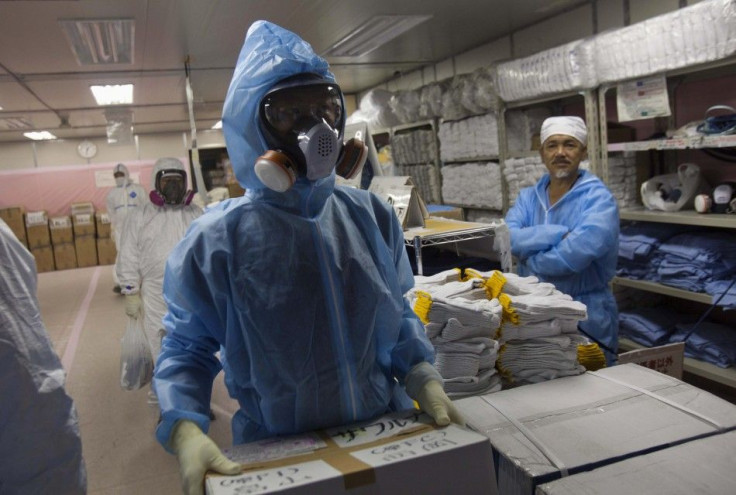Reporters Permitted to Tour Damaged Fukushima Nuclear Plant

Almost nine months after a devastating earthquake-tsunami crippled the Fukushima Daiichi nuclear power plant, the facility in Japan has been opened to members of the media.
Reporters in full protective clothing were escorted around the damaged plant in northeastern Japan. Plant officials had previously denied repeated requests by the media to tour the facility, citing high radiation levels and the fact that the presence of outsiders could hurt rescue operations.
Three of the reactors had melted down after the natural disaster ruined the plant’s cooling system.
Now it appears that the authorities want to show the world’s media that the crisis has eased and the plant has been somewhat stabilized.
A journalist from the Associated Press said he saw twisted and overturned trucks, crumbling reactor buildings and piles of rubble virtually untouched since the wave struck.
Martin Fackler, the New York Times' Tokyo bureau chief, said: There's debris all around where the reactors are –- twisted metal, crumpled trucks, large water tanks that have been dented and bent. You can see that this stuff has been strewn around and it has not been picked up and it's been there for eight months. So I think that more than anything is a testament to how difficult a time they've had in trying to get those reactors under control.
On Saturday, reporters were also permitted to take photographs inside the plant, but they were not allowed near the damaged reactors.
Masao Yoshida, the chief of the Fukushima plant, told the reporters: In the first week immediately after the accident I thought a few times, I'm going to die. [But now] I believe the plant is stabilized to the level that residents in surrounding communities can live without fear. But it's still very tough conditions for the recovery workers inside the complex.”
Goshi Hosono, the government minister spearheading the plant’s clean-up, told reporters: Every time I come back, I feel conditions have improved. This is due to your [plant officials’] hard work.”
Hosono added: I think it's remarkable that we've come this far. The situation at the beginning was extremely severe. At least we can say we have overcome the worst.
However, it may take years, or even decades, to fully decommission the plant. The area surrounding the plant has been evacuated, with little hope of 80,000 residents ever returning to their homes.
Hiroaki Koide, a nuclear physicist at Kyoto University, told the Guardian newspaper he is skeptical that the government will be able to completely shut down the plant.
Nobody knows where exactly the fuel is, or in what condition, he said.
The reactors will have to be entombed in a sarcophagus, with metal plates inserted underneath to keep it watertight. But within 25 to 30 years, when the cement starts decaying, that will have to be entombed in another layer of cement. It's just like Russian Matryoshka dolls, one inside the other.
© Copyright IBTimes 2024. All rights reserved.




















